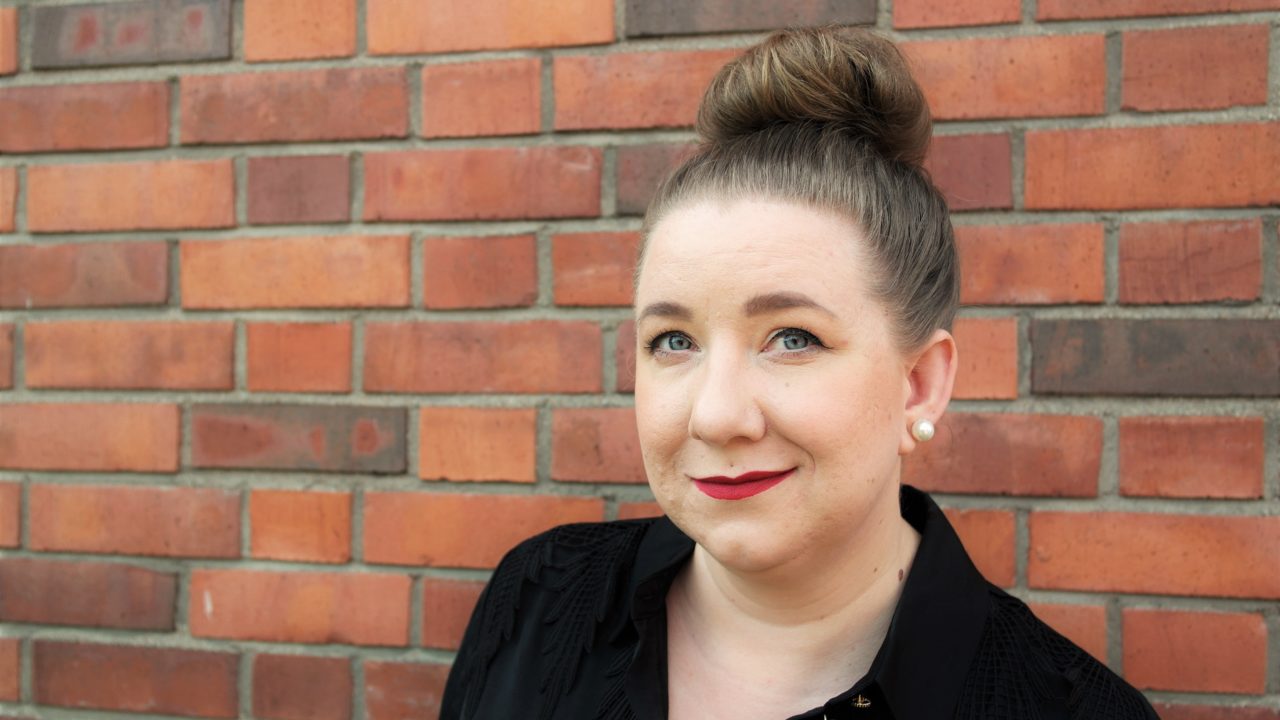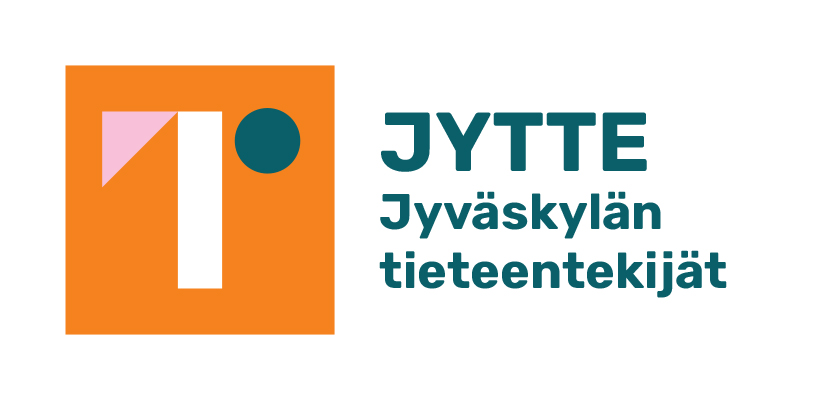Discussions about togetherness, community, and a united front against common threat have been highlighted during the pandemic. However, do these discourses end up hiding and diminishing crucial differences and the multivocality of experiences? In this blog, university teacher, PhD Laura Piippo brings forth some differences and inequities of the university world that have been further strengthened by the current situation.
When this text is published, the Corona time – which in the media is often referred to as the “new normal” – has lasted for more than six months. In the spring, the media and its discourses highlighted the unprecedented nature of the circumstances and the way they affected all of us. Voluntary work and flexibility were required from everyone. We had to learn how to live our everyday lives under exceptional conditions. The voices of those who were going to work from home were prominent in the news. We packed our books, printouts, and laptops and went home to protect ourselves as well as each other. The dailies were full of tips for scheduling remote work, building workstations, and exercising at home. Columnists wrote about the possibilities of working at the summer cottage and wondering whether it would be morally justifiable to do so. At the same time, a range of situations and positions were portrayed in the media in terms of their otherness. A good example were the depictions of those “other people” who would not be able to work from home.
Now it is early winter, and community continues to be emphasised in the rhetoric, especially in the communications of the university. We have taken a digital leap, we have learned new things, and we have done our best. This kind of rhetoric is rather one-dimensional and therefore exclusive, although building and maintaining community is perhaps even more important now than it has been ever before. The risk with generalising narratives is that they are more successful in covering differences than they are in building community. Now that the academic community gets together, primarily through screens, where are the differences drawn and what might remain hidden?
The accumulation of care
The sort of rhetoric that emphasises similarity and unity can cover structural differences. This was made clear on an international level by the significantly larger drop in the number of publications by female academics compared to their male counterparts. Research has provided at least one explanation for this: women continue to be responsible for care. Not only are most employees in the care sector women, but most aspects of care within the private sphere are also shouldered by women. In the spring, when Corona closed schools and turned older age groups into risk groups, the dual responsibility of middle-aged women for both their children and their parents was heavily emphasised. At the same time, the voices of families were more prominent than those of single people.
Although times change and flexibility is demanded from us, the indicators remain inflexible – this is mainly because we still look at them the same way we did before the pandemic. In the spring, the requirements for students were eased, but the funding model based on publication and teaching quotas for staff appears to have quietly returned to the old normal.
Digital leap with a handicap
The special emphasis on remote working has highlighted the differences in our digital preparedness and skill levels. It is worth noting that these are not directly reflected on job titles and descriptions. How familiar are you with information security, and what features and questions related to it are important in your everyday life? Is using and adopting new software and environments effortless or is it too much of a burden for students and staff? Is it too shameful to admit the limits to one’s abilities when, on a rhetorical level, the digital leap has already been taken?
There are significant structural differences in the positions of the university staff and students as well as the resources available to them. For example, in the spring it soon became clear that grant-funded researchers did not have the same user rights to online meeting software as the salaried members of staff. Information was exchanged, searched for, and shared on semi-public social media platforms. In themselves, these had nothing to do with work and were mainly used by people who were already familiar with them and connected to their peers. The state of exception revealed – and continues to reveal – the differences and shortcomings in the induction of salaried and grant-funded staff members. The pandemic has also highlighted the way the University of Jyväskylä continues to exclude grant-funded researchers from occupational health services.
Leaky academia
Continuous remote working affects not just our work efficiency but also our way of being: the increasing use of different digital platforms has led us to create more data and allowed these platforms to collect more data from and about us. The researchers Nanna Bonde Thylstrup, Zeerak Waseem, and Daniela Agostinho have written about leaky academia: digital intimacy and the openings it has revealed and the differences it has produced. According to the authors, the views that open on our screens also cut through the conventional barriers between the private and the public. What books does that colleague have in her bookcase (or does she have a bookcase at all)? Is his home tidy, is there laundry on the airer in the corner of the bedroom, is the kitchen counter clean? Are there other people in the house? Is the room dedicated to work, or has the colleague escaped the builders into dressing room of the sauna? Is her camera switched off? Why, what does it tell us? What and how do the custom background images, blurs, and filters communicate? Or the choice of not using them? How does all this compare with face-to-face interaction? The cooperation and joint action mediated by a screen creates a new level for the interpretation of everyday life and the workplace.
We need to do a varying amount of screen-mediated work every day, and it is gruelling in large doses. While those bound to teaching and meetings are glued to their screens, and share memes about endless meetings as a coping mechanism, some of us, especially those carrying out research independently and alone, try to enact spontaneous encounters, even if they have to take place online. The experience of loneliness and isolation can be quite palpable and debilitating. At the same time, many people have enjoyed, especially in the spring, not having to commute daily or weekly to attend early meetings. Everyday life within the confines of one’s household can be smooth.
The spaces of belonging and thinking
Part of the old friction also serves a cohesive function. Random encounters with colleagues in the corridors, the breakout room, or at the copier play their part in creating a sense of belonging and of shared spaces where our professional selves can interact with one another. The experience of belonging and these small encounters play a crucial part in the creation of ideas and thoughts, but they also serve another function. By providing a public space defined through work, it expands our own boundaries: we can leave the private sphere behind and by doing so delimit how others see us and what we become in our interactions with them.
The existence of an everyday work self leaves more room for our private home self. Now these are both stuck into the same space that opens out through our screens and does not provide our bodies with new ways of being. If this goes on, it will limit the thoughts and ideas our bodies are able to invent and develop.
The talk about the “new normal” is deceptive as it may inadvertently cement the kind of practices and differences that have not been recognised and expressed. The talk about joint effort easily mask the different types of adjustment and flexibility we have used to get this far – but of which some are not sustainable. Let this be a note to our future selves, one we can revisit when the practices and limits that define our lives must again be reconsidered.

Laura Piippo
University Teacher, PhD (Literature)
Department of Music, Art and Culture Studies
University of Jyväskylä
(photo: Laura Leiwo)
